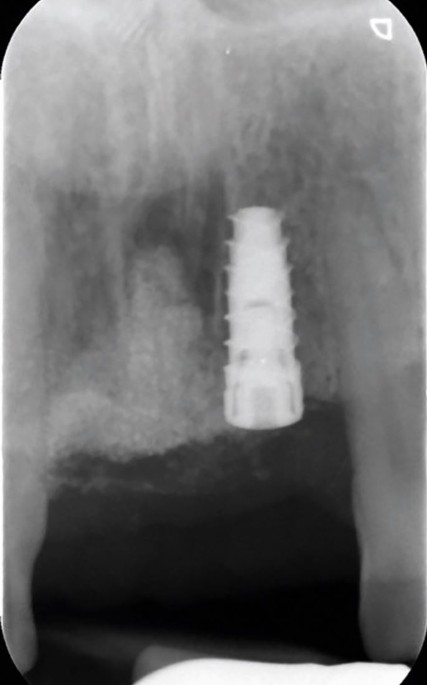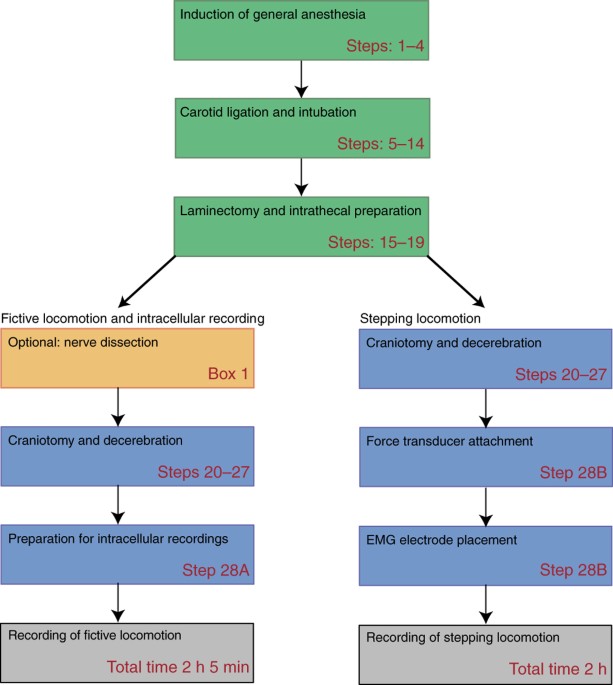- Select a language for the TTS:
- UK English Female
- UK English Male
- US English Female
- US English Male
- Australian Female
- Australian Male
- Language selected: (auto detect) - EN
Play all audios:
ABSTRACT SIR ROBERT BALL'S “Theory of Screws” is one of the most notable modern extensions of theoretical dynamics. It is based on Poinsot's discovery that every set of forces,
regarded as acting on a rigid body, is reducible to a force along one definite line and a couple round the line; combined with Chasles's discovery that every instantaneous motion of a
rigid body is reducible to rotation round one definite line and translation along it—in other words to a screwing motion. The modes of reduction in the two cases are strictly analogous; a
force along a line being the analogue of a rotation round the line, and translation in any direction being the analogue of a couple whose axis has this direction. A Treatise on the Theory of
Screws. By Sir Robert Stawell Ball Pp. xix + 544. (Cambridge University Press, 1900.) Access through your institution Buy or subscribe This is a preview of subscription content, access via
your institution ACCESS OPTIONS Access through your institution Subscribe to this journal Receive 51 print issues and online access $199.00 per year only $3.90 per issue Learn more Buy this
article * Purchase on SpringerLink * Instant access to full article PDF Buy now Prices may be subject to local taxes which are calculated during checkout ADDITIONAL ACCESS OPTIONS: * Log in
* Learn about institutional subscriptions * Read our FAQs * Contact customer support Authors * J. D. EVERETT View author publications You can also search for this author inPubMed Google
Scholar RIGHTS AND PERMISSIONS Reprints and permissions ABOUT THIS ARTICLE CITE THIS ARTICLE EVERETT, J. _A Treatise on the Theory of Screws_ . _Nature_ 63, 246–248 (1901).
https://doi.org/10.1038/063246a0 Download citation * Issue Date: 10 January 1901 * DOI: https://doi.org/10.1038/063246a0 SHARE THIS ARTICLE Anyone you share the following link with will be
able to read this content: Get shareable link Sorry, a shareable link is not currently available for this article. Copy to clipboard Provided by the Springer Nature SharedIt content-sharing
initiative





